Back in Gribskov for some run-of-the-mill forest photography in soggy surroundings. At least my boots held up. Not so sure about the photography as I'm starting to feel a little burned out on snow-less winter forest photography in dreary and boring light.
A long, long walk deep into Gribskov forest, during which I at one point twisted my already sore back, causing a pain so bad I thought I would never make it back home. But the pain subsided after several minutes and I was able to slowly and carefully walk the remaining 3-4 kilometers. I even managed to stop and take the image of the red gate in front of an orange and pink colored forest, one of my favorites of the day. Before that, my original target of Gribskov Lake had turned out to be a dud photography-wise, but I manged to capture other forest scenes that I was happy with.
I ventured into a different part of our big local forest to see what I could find. Nothing too spectacular, it turned out, except lots of mountain bikers who came blazing through the trees in their lycra clothes, as one of the pictures shows. Still, I was happy just to get out and see something new, if not all that different.
A colleague of mine had told me about this wonderful spot near the town of Holte outside of Copenhagen. It was a woodland area on a tiny peninsular in a lake. I figured it was probably a nice place, but I wasn't sure it could compete with my rich local forests that I was so used to. But I was pleasantly surprised. Part of it was arriving when the golden colors of the leafs were peaking, but it truly was an unusually beautiful spot - as the pictures hopefully reveal - and I was happy that I went.
A rare morning of fog made me rush out to my local forest with my camera. Usually fog disappears quickly, and I very rarely have a chance to go out and shoot fog pictures, so I was thrilled with this opportunity. As you can tell from the images, it wasn't a thick fog, but it still provided a nice soft and eerie atmosphere to the forest.
You never know when you go out for a photo shoot in the woods whether it will be succesful or just meh... Sometimes you don't even know until you download your images and start the post-processing. After this walk in Gribskov I didn't have a particularly good feeling, but it produced some of my best shots of the fall, in my own opinion. I really like the dusk shot of a forest wetland area, framed by the orange leafs. It doesn't look like any of my other forest pictures.
One of the most beautiful places in Denmark at one of the most beautiful times of year. The picture of the golden tree alley is one of my favorites of the entire year. I took a similar picture in 2018, but this time I had my 300 mm lens and a better idea of what I wanted to achieve.
This has immediately become a legendary day in my photography career. Sporting my brand new 70-300 mm lens, I managed to take one amazing picture after another of the very approachable wildlife roaming among the beginning fall colors. I have written about this place before, and it remains a magical nature spot surrounded by Copenhagen suburbs, a fact that you don't notice at all. To me it's not a goal in itself to get as close to the animals as possible. The goal is to show the animals in their natural surroundings and interacting with each other.
Just another walk in the woods that produced some nice forest images featuring eye-catching orange ferns.
A beautiful evening at a beautiful spot, with cows, resulted in some so-so pictures. I enjoyed it more than I enjoy what it produced, although the one with the flock of birds flying over the old farm house is a favorite.
I read somewhere that if you want readers for your photography blog, you need to offer tutorials and practical advice. I haven't done much of that, because as an amateur who struggles with even the most basic skills, I really haven't felt qualified to tell anyone anything about how to go about their photography.
Besides, I have an ambiguous feeling about photography tutorials. Photography is basically "seeing" and then, with your camera, managing to distill what you see into an image. I can't help you with the first part. You have to do your own seeing. If you go into a forest and don't see anything, then forest photography is just not for you. I'm not sure I can help you with the second part either - the distilling. I'm not very conscious about it myself. It just happens, not least in the post-processing phase where I try to emphasize what it was I saw in the situation.
I won't go into the post-processing here, as it would make this post too long. This is all about what you should and should not do while you are out there in the woods with your camera.
But despite my reservations, as the self-proclaimed Denmark's Number One Forest Photographer, it is only fair that I dip my toe into this new territory and offer my completely professionally unfounded, homespun, possibly dangerous, dos and don'ts of forest photography, in no particular order. Yay!
1. Get off the path. You find the best compositions by leaving the path and finding the untouched spots where no one has gone before, let alone with a camera. Sure, your feet will get wet, you will be stung by nettles, but it's worth it.
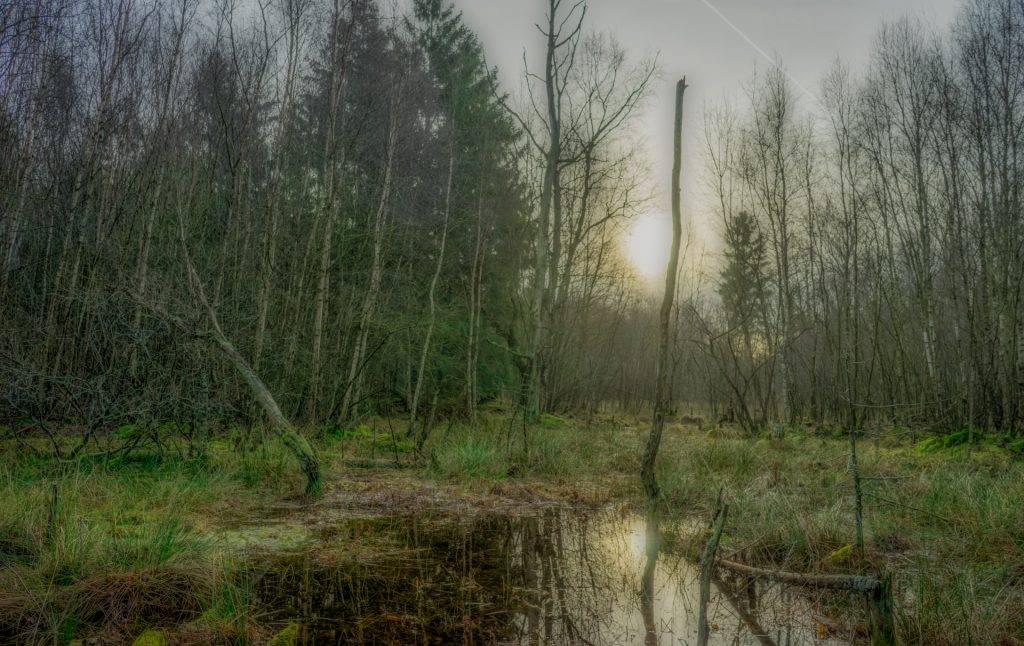
2. If you get off the path, don't wear shorts. Wet feet and nettle stings may be worth it, but being infected by a wood tick could very well not be worth it. And yes, I've tried it and I was fine, but I may just have been lucky.
Don't get eaten by a bear either, if you live in a country with bears.
3. Look for the patterns in your surroundings and then capture what breaks the pattern. Like in the below image, the fallen tree is what makes this image interesting, but it's only interesting because all the other trees constitute a whole.
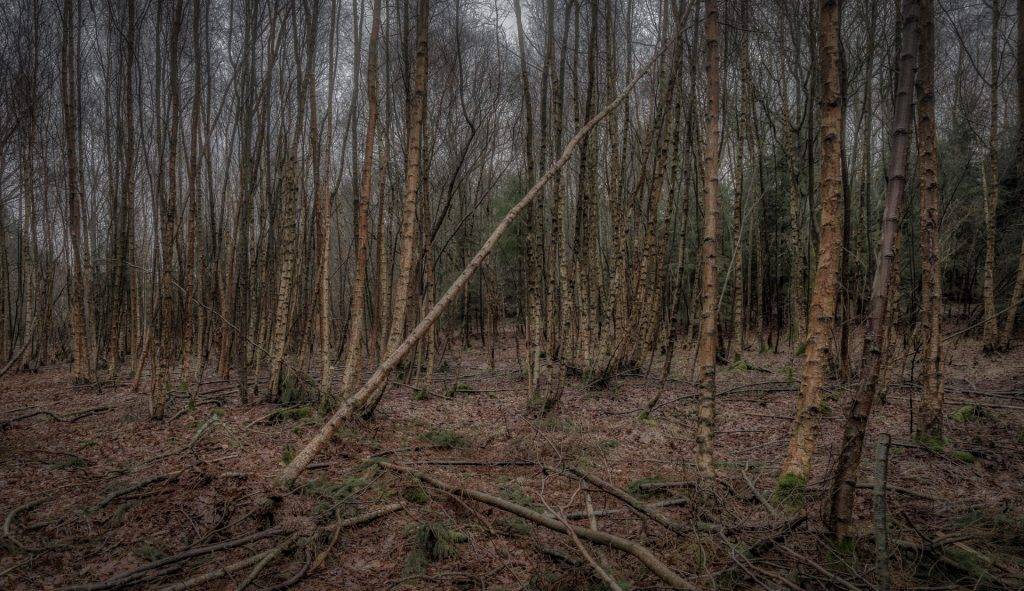
4. Days with clear blue sky are perfect for forest photography. Why? Because that means you will have lots of sunbeams coming through hitting the leaves and trees in gorgeous ways. Besides, clear blue sky doesn't work too well for outside-the-forest landscape photography, so spend those clear days in the woods instead.
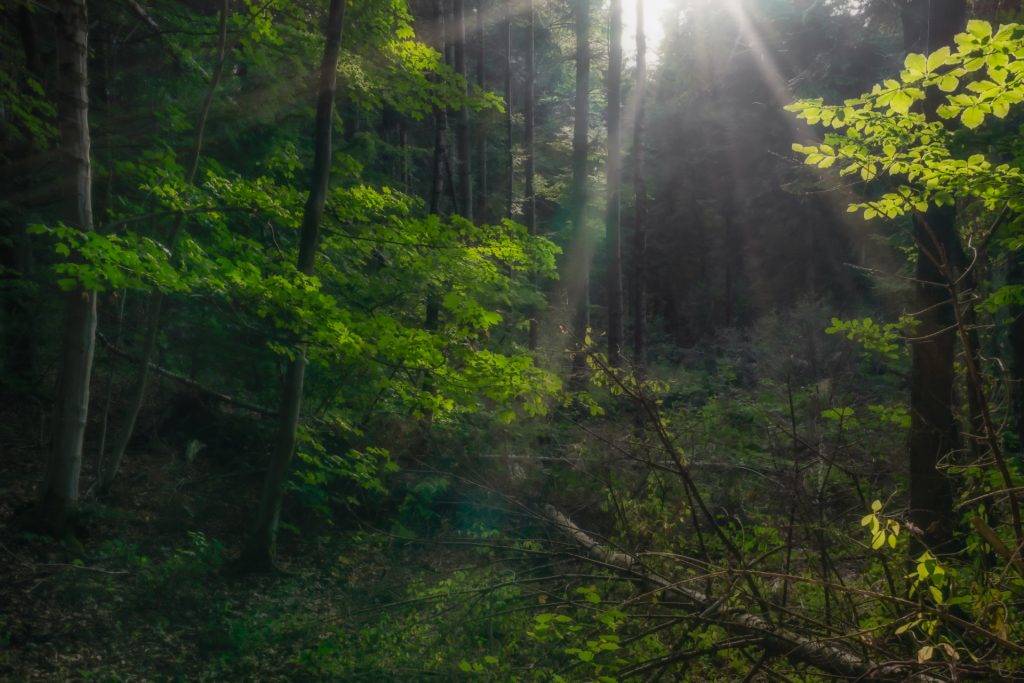
5. Compositions are everywhere! As you walk through the forest, look to your side, look behind you, and look up. The compositions are all around you if you pay attention. I call this one, "The Man in the Tree".
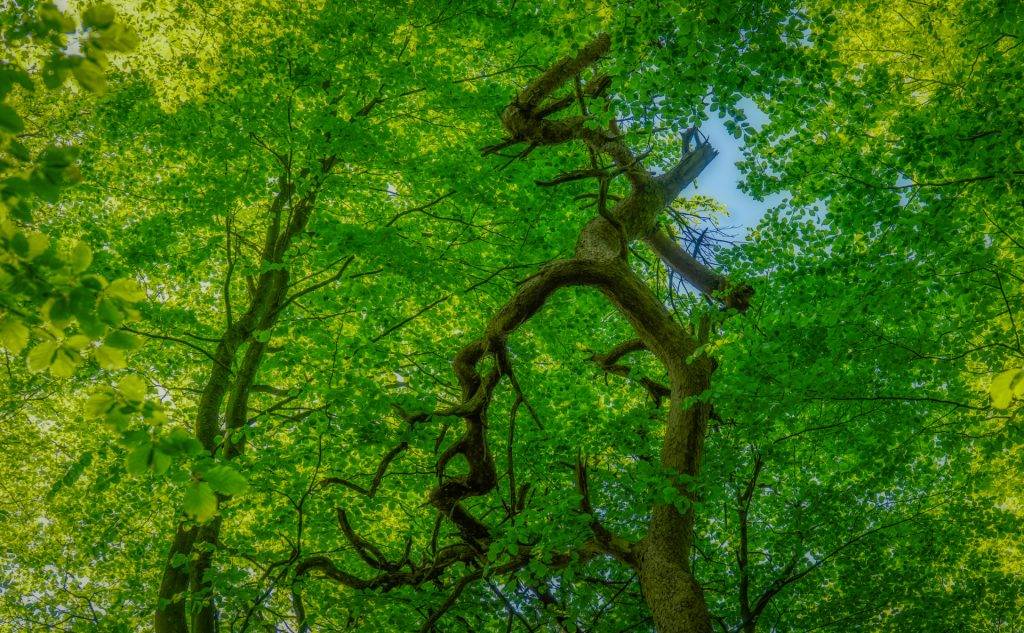
6. There is no bad season for forest photography. They say fall is the best season with the leaves turning orange, yellow, and sometimes even purple, and sure, that may be true, but even in the most dreary, yucky, muddy, gray part of winter, forests have lots to offer. Make a virtue of necessity and capture the dreariness, the yuckiness, the grayness. And notice how completely different the exact same location looks during different seasons.
[ics-comparison-slider id=1]
7. Long exposure photography is good for many things, but be careful when using it in the forest. The least bit of wind in the leaves will make your images blurry at slower shutter speeds. Of course, I can't give you a minimum shutter speed to go by. It depends on how strong the wind is and how much movement in the leaves. Just be aware of it.
8. Use a tripod. Even though I just stated that long-exposures in the forest can be a problem, you are often caught in the dilemma between using a low ISO to avoid noise in the shady parts and keeping exposure times down enough to avoid blur in the leaves. Forests are by definition relatively dark places, and as a result, don't expect to be able to use really fast shutter speeds either. Handheld photography may be possible on bright days in the forest, but usually the result is noticeably better when you use a tripod. Besides, because forests form a pretty good windshield, there will be days that are completely still where exposures of several seconds will come out just fine.
9. As you leave the path, try to make your way downhill. Eventually you will come across water in the shape of little creeks or tiny forest lakes. Water = reflections, reflections = good.
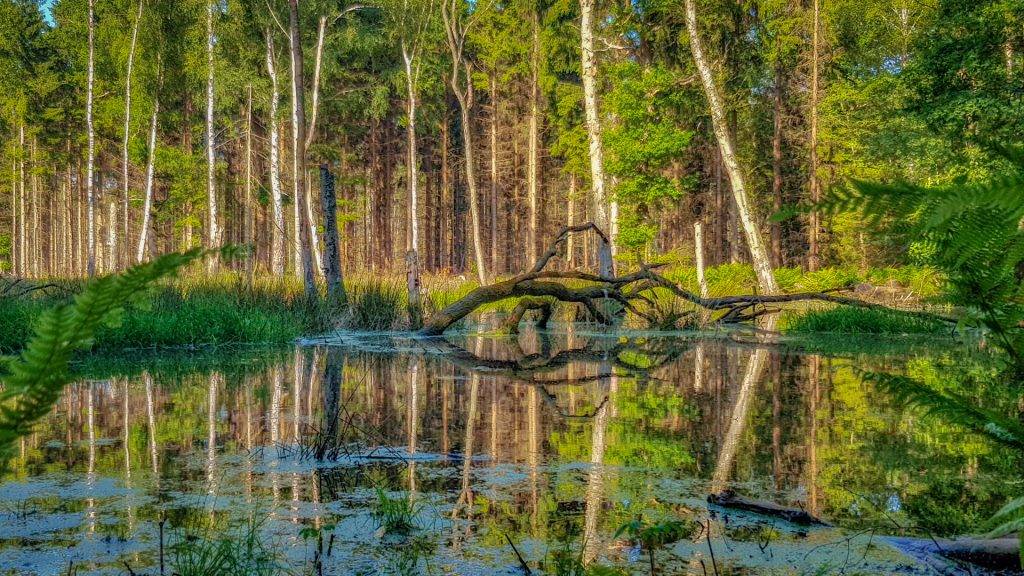
10. A tree is not just a tree. The forest consists of tons of trees, and sure, most of them are rather indistinct and non-photogenic. But keep your eyes open and you will see exceptionally beautiful trees that just stand out among all the others. Grab them.
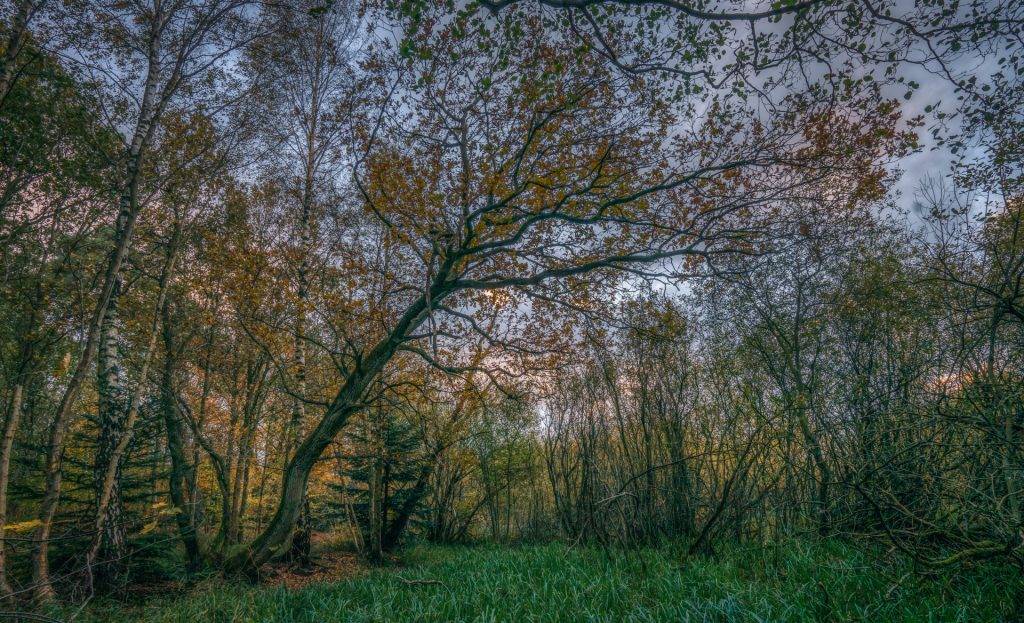
11. Some trees are worth more dead than alive! For some reason gray, leafless and lifeless trees make for great photography subjects. This image is the only one not from Denmark, but from Idaho. I called it "The Ghost".
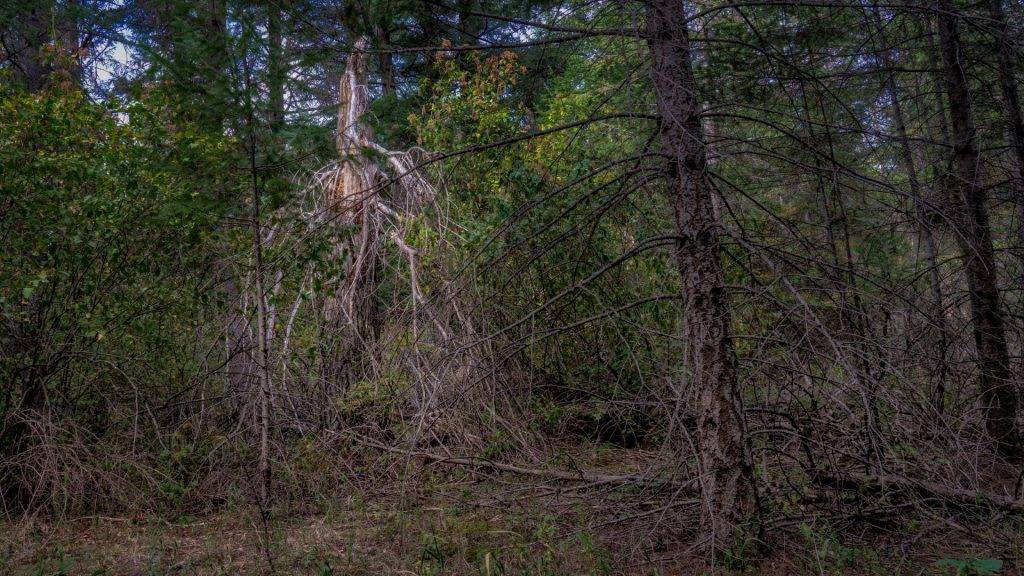
12. You don't have to go deep into a forest to find the best compositions. The edge of the forest, or an edge to a clearing or a lake in the forest, are gold in forest photography. That's where the light is at its best and where you can find interesting contrasts and focus points.
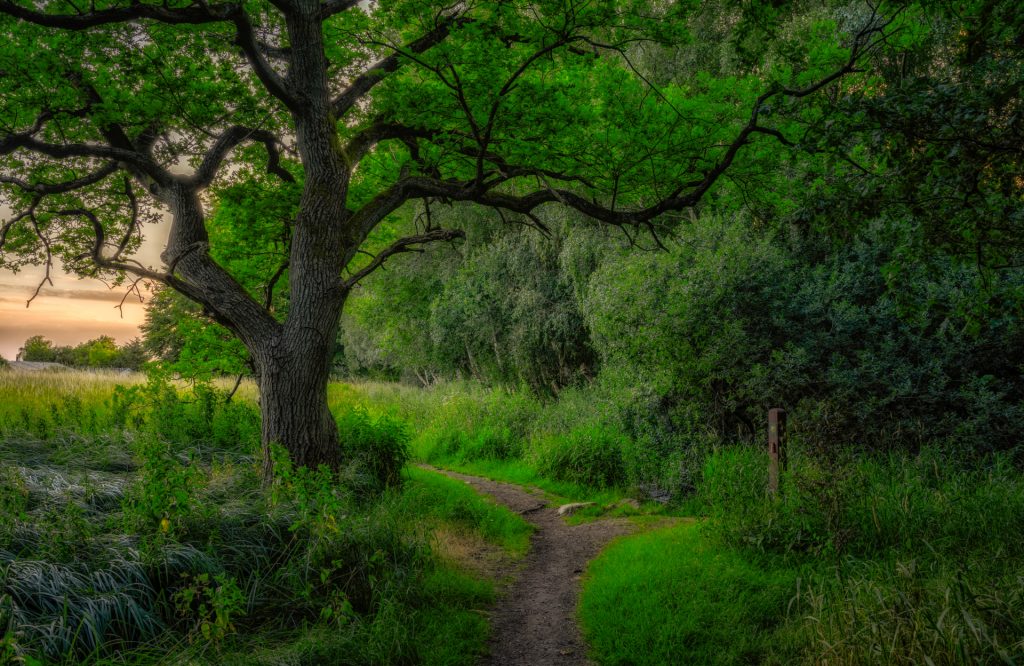
So those were my best tips for forest photography. Since I mostly operate in Danish deciduous forests, I can't guarantee things work quite the same way in other types of forest in other parts of the world. What I'm certain goes for all forests is that they provide an endless array of opportunities for photographers if you keep your eyes open and are not afraid of straying from the beaten path.